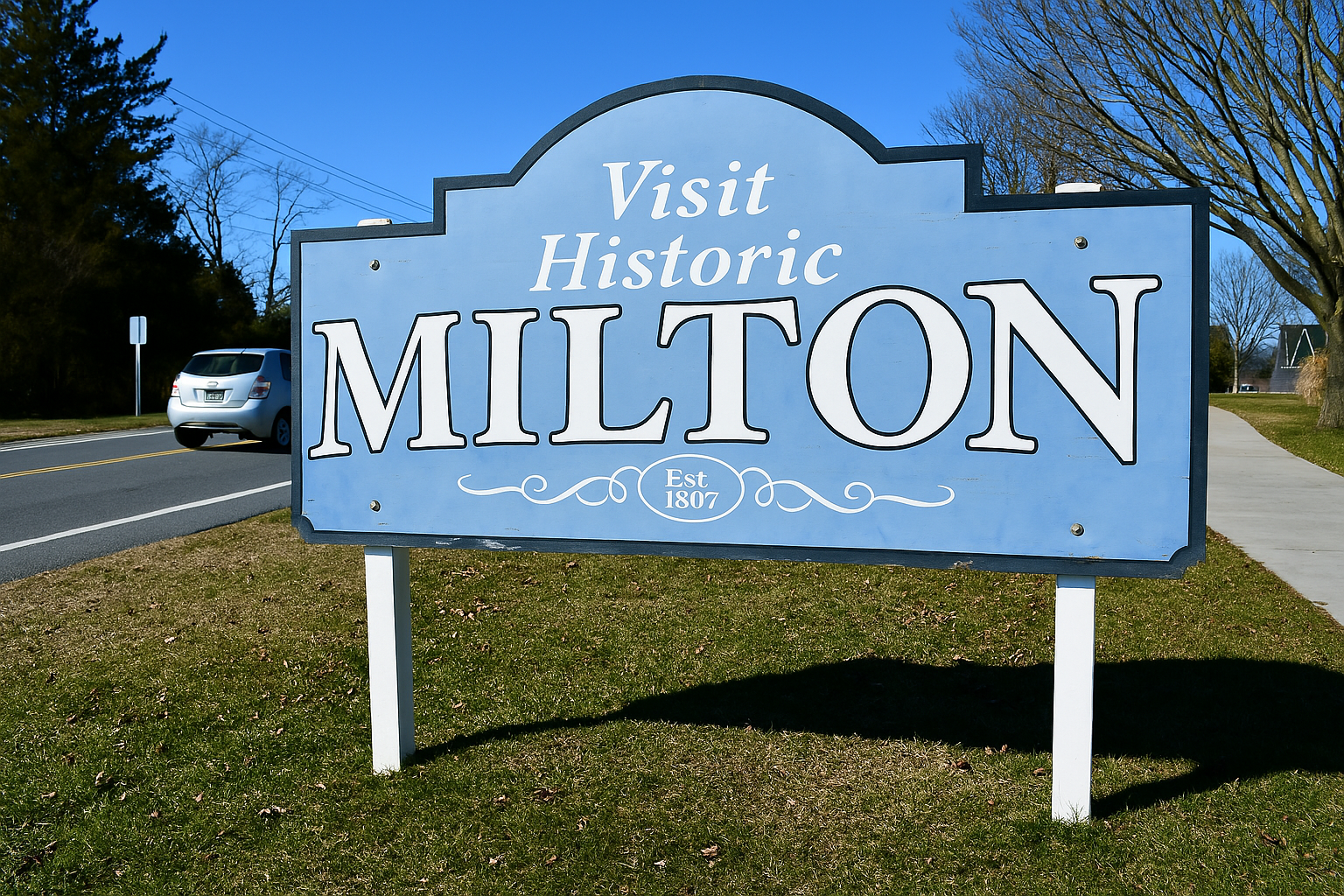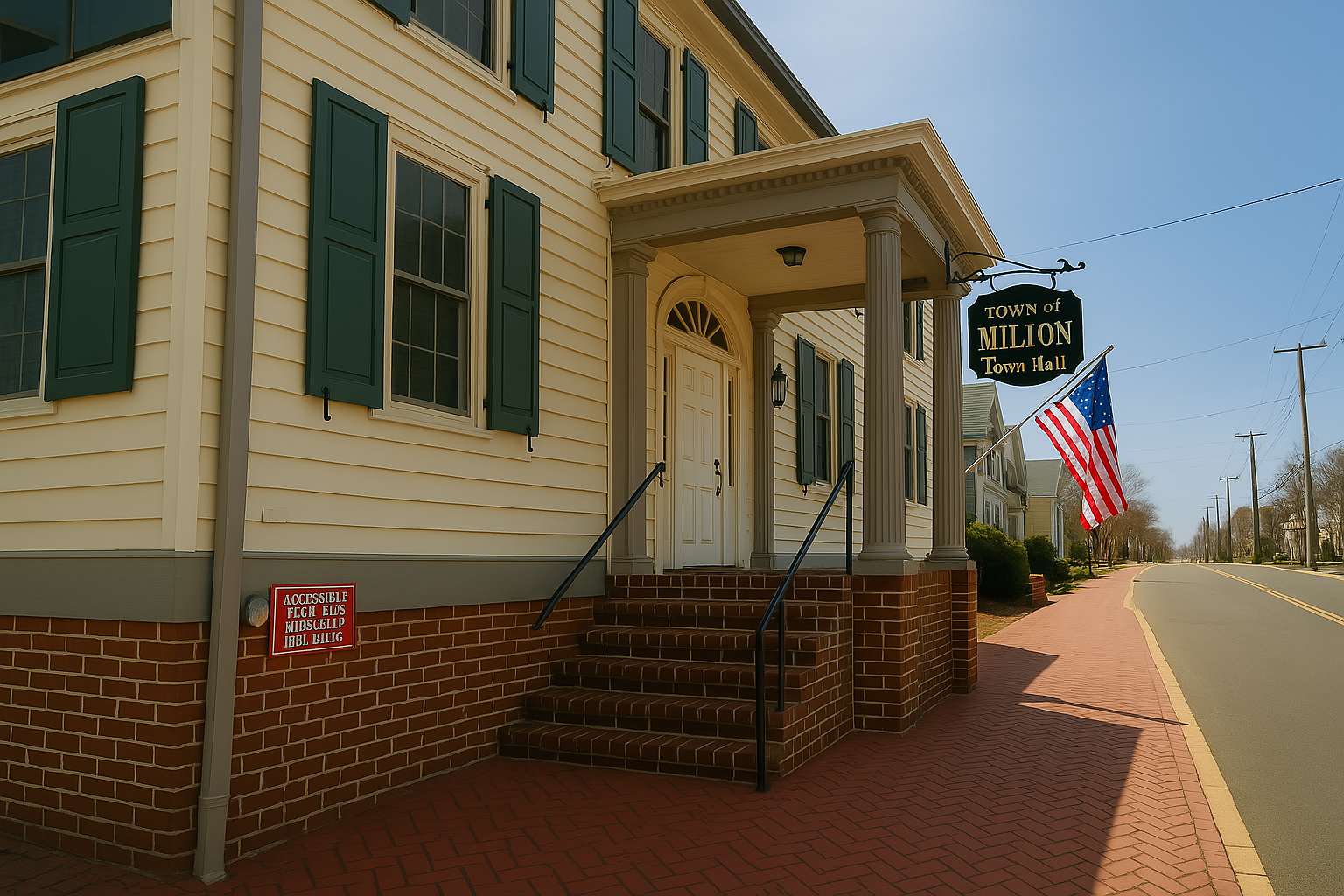Milton’s Planning and Zoning Commission is laying the groundwork for a more affordable future.
At a March 28th workshop, the commission brainstormed strategies to boost workforce housing in town—starting with accessory dwelling units (ADUs).
A Response to Rising Prices
Milton’s town council has been prioritizing affordable housing since early 2024, following the creation of an ad hoc committee tasked with producing a roadmap to guide local policies.
Their findings were compiled in an 11-page report submitted in February, which was then handed off to the planning commission for further development.
Key motivations behind the initiative:
- Average costs of new construction home prices in Milton now range between $395,000 and $600,000
- Essential workers can be priced out of the area who don’t qualify for subsidized housing & related programs
- Proximity to the beach and low taxes continue to attract more wealthier buyers for second homes & other investment opportunities
Eight Recommendations on the Table

The report outlines a variety of potential solutions, including:
- Partnering with nonprofit developers to build on individual lots
- Requiring affordable units in rezoned or annexed developments
- Legalizing ADUs in residential areas
- Promoting mixed-use zoning
- Offering incentives like fee waivers and relaxed code restrictions
- Exploring Sussex County block grants
- Reevaluating zoning requirements that raise costs, like large setbacks
- Targeting large undeveloped parcels and 55 empty in-town lots
ADUs: A First Step
Planners agreed that allowing ADUs—small, secondary homes built on the same property as a primary residence—is a relatively simple first move.
These units can support multigenerational living, generate rental income, and create long-term housing options without altering the neighborhood character.
Tom Quass, the town’s project coordinator, will present draft ordinance language on ADUs at the commission’s April 22nd meeting.
Focus on Annexation and Growth

As demand for housing spreads inland, the commission sees annexations as a key opportunity to shape future development. Some suggestions included:
- Requiring 10% of new residential units in annexed areas to be affordable
- Defining what “affordable housing” means for Milton
- Offering incentives for large-parcel developments outside annexed areas
Commissioners acknowledged the town’s limited financial leverage for their ability to provide incentives for large-parcel developers to put in affordable housing. “All we have are carrots and sticks,” said Commissioner George Cardwell. “We don’t have money.”
Still, the team remains optimistic about moving forward. Chair Richard Trask noted, “Milton is in the crosshairs right now as far as growth is concerned.”
What’s Next
The planning commission plans to address each recommendation from the ad hoc report individually, starting with ADUs and working its way toward bigger policy decisions—some of which could eventually require state-level approval.
Stay in the loop as Milton tackles growth and affordability! Follow our blog for updates on housing policy, development, and everything shaping Delaware’s coastal towns!
Source: Cape Gazette

